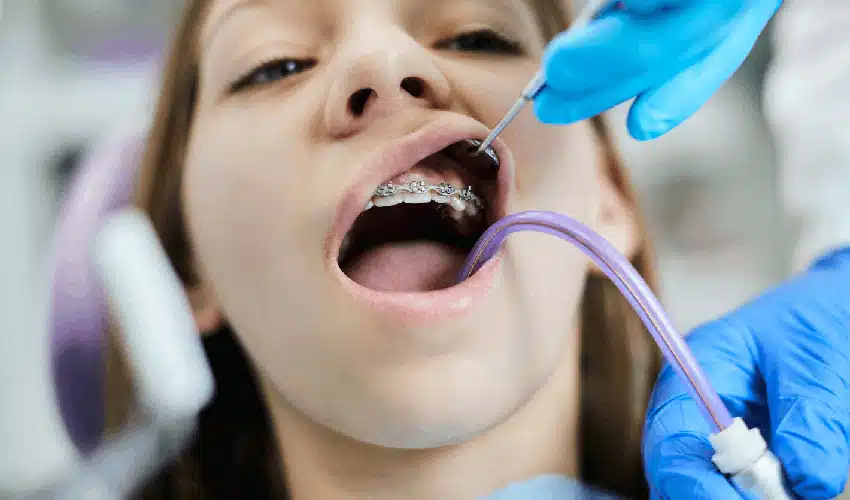The Most Common Orthodontic Issues

It is a fact that a person rarely ever has naturally a perfect set of teeth. Almost everyone in the US has some alignment and bite issues. You are said to have perfectly aligned teeth when the upper set rests properly above the lower set. However, teeth do not always match up. Alignment issues can create various issues and even cause cuts inside your mouth.
Since almost everyone has some alignment issues, it is recommended by the American Association of Orthodontists to start going for orthodontic appointments as early as age seven. These problems usually emerge at an early age and progress when you age. Knowing the common orthodontic issues can help you tackle them. If you need orthodontic treatment in Fullerton, visit a dentist today.
Common orthodontic issues.
- Crossbite.
It is a condition when some of the bottom teeth sit in front of the top teeth while your mouth is closed. This condition is called back crossbite or posterior crossbite if the back teeth are also involved. If the front teeth are found to be the culprit, it is called a front or anterior crossbite. A child suffering from a crossbite tends to shift his jaw to one side to compensate, which may result in permanent changes in tooth alignment, jaw joints, and facial structure.
- Underbite.
Underbite, also called prognathism, is a bad bite condition when the lower teeth overlap your front teeth. It is the opposite of a crossbite. The gap between the rows of your teeth can be small or wide. A mild underbite is a condition where the rows of your teeth almost meet and have a slight gap, or there can be a situation when the gap is so wide that the teeth do not meet at all.
- Overbite.
When the upper teeth overlap the lower teeth too much, the condition is called an overbite or deep bite. The lower tooth may collide with your mouth’s roof and cause pain or discomfort. It can also result in premature wear down of the front teeth. The ideal age to get the braces for an overbite is 8 to 14 years.
- Crowding.
This condition occurs when your jaw has insufficient space to accommodate all teeth. Teeth may twist or overlap to fit in the limited space. Crowded teeth are harder to keep clean, which increases the risk of bacterial infections, cavities, and gum disease. Getting Invisalign or dental braces in the early teenage years is recommended to correct misaligned teeth.







